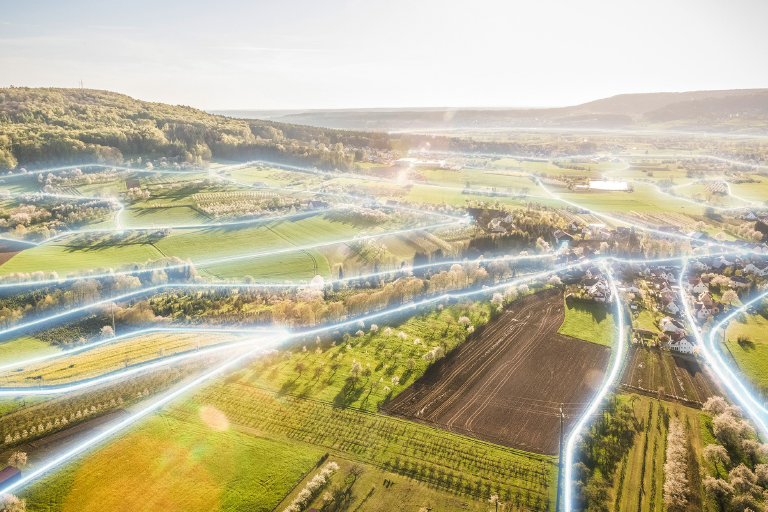Executive Summary
Over the past five years, Broadnet has successfully designed, built, and delivered seven open access fiber networks in 3 provinces. These networks have transformed the local connectivity landscape, solving choice, flexibility, and efficiency for municipalities, ISPs, enterprises, and end users. As a pioneer of intelligent, vendor-agnostic network infrastructure, Broadnet has helped redefine broadband delivery through a model that is sustainable, scalable, and commercially sound. The future of connectivity has arrived, and the business case works. Lets look at the business case in Quebec.
Introduction: The Need for Open Access in Quebec
Quebec’s diverse geography and socioeconomic conditions have historically created connectivity gaps, especially in regional and rural communities. Proprietary infrastructure models led to monopolies, restricted access, and inflated costs. In response, municipalities and regional authorities began exploring open access fiber networks, essentially, neutral platforms that allow multiple service providers to operate over a shared transport infrastructure.
Broadnet recognized the opportunity to lead in this space. Drawing on nearly two decades of network deployment experience, starting with business case we developed an agile model for planning, building, and operating open access fiber systems that are futureproof, financially viable, and technically robust.
What is an Open Access Network?
An open access network (OAN) is a physical fiber infrastructure managed by a neutral operator, MRC’s in this case, that allows multiple ISPs and content providers to deliver services to end users. Unlike traditional telco models, the network owner and the service provider are distinct, which:
- Enhances consumer choice
- Encourages competition
- Accelerates broadband rollout
- Stimulates local economic development
Broadnet’s Contribution: Seven Networks, One Vision
Each of the seven networks delivered by Broadnet serves a unique geography, but all share a consistent vision: local empowerment, digital inclusion, and operational excellence. The names of clients can be provided at the appropriate time. Each project involved stakeholder alignment, rigorous engineering, and a collaborative model where public entities retained control over critical infrastructure, while Broadnet ensured technical execution and long-term operability.
Key Benefits Realized
Broadnet’s open access fiber model has delivered tangible benefits:
Greater Choice:
Local residents and businesses are no longer tethered to a single ISP. Multiple service providers compete on quality and pricing, creating a more dynamic broadband market.
Increased Flexibility:
Municipalities can scale and adapt the network for smart city applications, industrial IoT, or educational connectivity without overhauling the core infrastructure.
Improved Economics:
Open access networks reduce duplication of effort and lower the cost per Mbps. The return on investment is enhanced by wholesale service revenues, long-term leases, and new business creation.
Future-Proof Design:
All seven networks were built with high-capacity fiber, passive optical splitters, and scalable architecture, allowing for seamless upgrades to XGS-PON or next-gen transport.
The Business Case Works
The open access model is no longer experimental. The financial performance of these networks demonstrates that public-private collaboration, when technically and commercially structured by an experienced partner like Broadnet can yield strong ROI for both public stakeholders and service providers.
Utilization Rates:
Above 60% within 18 months.
Wholesale Revenues:
Recurring monthly income from multiple ISPs.
Public Support:
Widespread satisfaction among end users and local officials.
Reduced Risk:
Broadnet assumes the operational and maintenance burden, mitigating technical risk for the municipality.
Looking Ahead: Scaling the Model
These seven networks represent a foundational step. Broadnet is currently engaged in extending this model to additional regions. The convergence of fiber infrastructure, smart applications, and demand from underserved communities means the time to act is now.
Our goal: to connect 50,000+ households and businesses through open access fiber by 2027, and we remain on that trajectory.
Conclusion
The success of these seven networks proves that fiber infrastructure doesn’t have to be monopolistic or technology restrictive. Partnering with Broadnet on the open access model, has created a pathway to competitive broadband, digital equity, and local empowerment. The future of connectivity is here, and it’s open for business!




